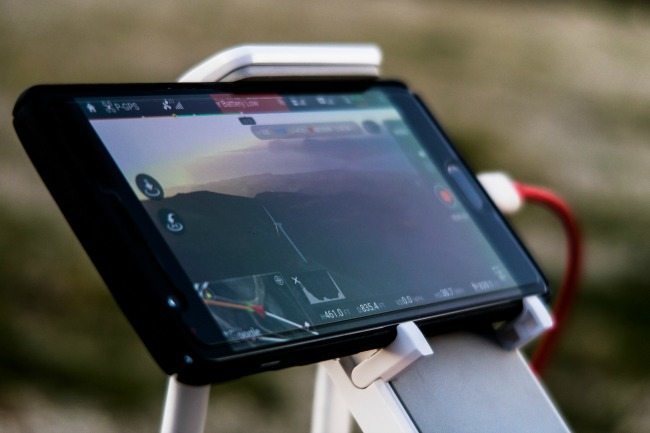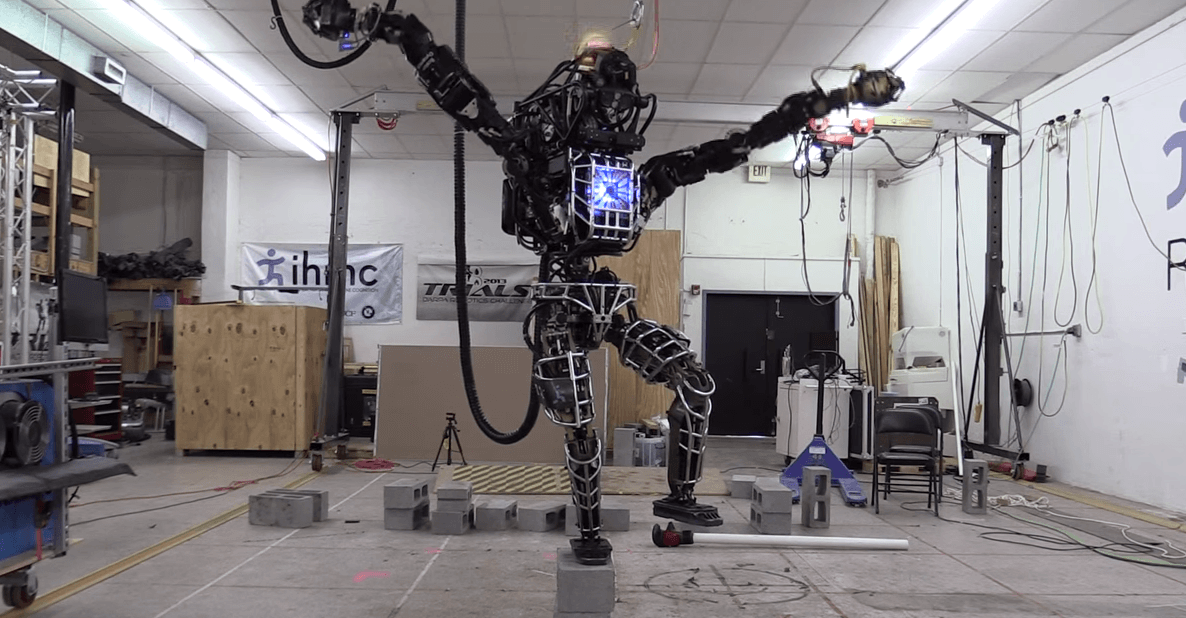It’s not an accident that the Internet of Things, augmented reality, 3D printing and robotics are taking everyone by storm.
It seems like every day, new technology is becoming more practical, like virtual reality or smart home devices. It’s no surprise, then, that we’re on the brink of serious change.
Four newer technologies will soon alter just about every business industry in the United States: the Internet of Things, augmented reality, 3D printing and robotics. How will they impact modern business?
The Internet of Things
The term “Internet of Things” — or IoT — refers to devices or objects that have network connectivity. An IoT device can be just about anything from a smartwatch to a coffee maker — so long as they have access to the internet.
Usually, IoT devices also come with sensors and hardware that help them work autonomously. For example, an IoT-ready security camera is connected so it can send alerts when a security issue is detected. In this way, it changes the entire process it’s being used for. There’s no need for someone to sit in front of a monitor watching a live feed because the system will send notifications when something is wrong. This frees up both time and resources.
This concept can be expanded to include manufacturing equipment, machinery, business tools and even clothing. Imagine an IoT-ready cash register that allows customers to self-checkout while it also deals with discounts, promotions, coupons and more. There would be almost no need for a cashier anymore. For small businesses where a single employee balances regular duties and cashing out, this would be great.
Over the next few years, don’t be surprised if you see more internet-ready equipment cropping up. Don’t be opposed to it either. There are a lot of ways the business world can be optimized, and autonomy can certainly be a helpful process to leverage.
3D Printing
With 3D printers, you can take a digital file or blueprint and turn it into a solid, three-dimensional object. Think of them like regular printers, only they don’t print images or text — they print physical objects.
One of the most common 3D printers uses cheap materials like plastic. But 3D printers can also be designed to print objects out of wood, concrete, glass and many other materials. This makes the technology viable for more than just enthusiasts.
For example, the Dubai government made an entire building using 3D printers, and it’s as beautiful as it is practical. Imagine a future where objects, buildings or anything physical can be printed using this technology. It’s cheap, relatively efficient and customizable for any material you need.
Once you send a blueprint or image to the printer, it handles everything. In this way, it’s autonomous. And, along with new technologies like 3D printing, existing technologies like injection molding processes are becoming fully automated.
With 3D printers, the process can be scheduled and automated, left to run on its own. Imagine the time, money and resources that can be saved thanks to 3D printing.

Image: Jason Blackeye
Augmented Reality
Not to be confused with virtual reality, augmented reality (AR) is when digital elements or information are projected into the real world. One of the best examples is Pokemon Go. When you try to catch a Pokemon in the app, it uses your device’s camera to project the creature into the local environment. In this way, the digital element seems as if it’s part of the real world. That is augmented reality at its best.
But it’s not just for gaming or entertainment. Augmented reality can be used to project traffic, speed or location information in a car. Imagine a futuristic vehicle where the information is shown on the windshield so the driver never has to take their eyes off the road. That is possible with AR tech.
This technology has huge implications for all industries. Industrial manufacturing companies could use it to deploy hands-free training for employees, ping notifications through a warehouse, increase safety or even track inventory. In retail, AR could be used to display prices, deliver announcements, interact with customers, and much more.
Robotics

Robotics — or how it will change the landscape — is a little more on-the-nose. Like IoT devices, robotics equipment can fully automate tasks and processes. They can also be used to take over responsibilities completely or replace non-efficient human workers. This is especially true of tedious duties that humans would not enjoy — or be safe — doing.
How Amazon operates their fulfillment centers is a great example of modern robotics at work. At these centers, humans and robots work together to optimize their fulfillment and shipping processes. When customers order a product, the robots and humans work together to locate the item in the warehouse and prepare to ship it. Even the shelves are controlled by unique bots that slide as inventory is needed, moving the shelving along pre-defined tracks. This allows Amazon to fill a warehouse with more goods by compacting the space where the inventory is stored.
And that’s exactly what robotics will do for the world of business. They will open up many opportunities and methods that weren’t possible with human labor. In fact, that’s true of all four of these technologies.